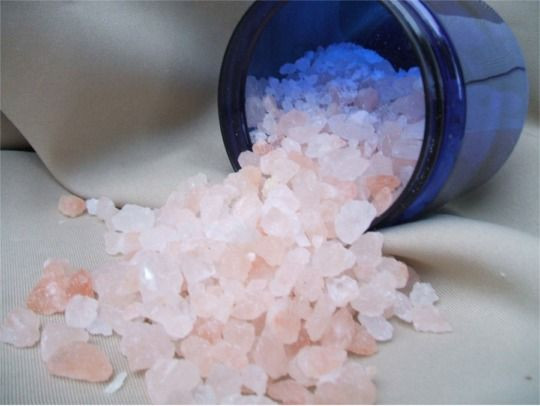Zombie 'Bath Salt' Drugs Are Potentially More Addictive Than Meth, May Explain Budding Popularity

The designer drugs known as "bath salts" could be more addictive than crystal meth, according to new findings in the journal Neuropharmacology.
Made infamous last summer after being implicated in the Miami 'zombie' attack, 'bath salts' are a group of street drugs derived from cathinone, a compound originally found in the Arabian and African plant khat. These synthetic drugs, whose name was coined from their soap-like packaging, are stimulants that rev up a person's body. The drugs target the dopamine-packed, pleasure centers in the brain, triggering feelings of euphoria and increasing physical activity.
Government agencies, including the DEA and The White House, consider 'bath salts' to be a burgeoning threat to public health. Bath salt-related calls to poison centers across the U.S. increased 20-fold between 2010 to 2011, and according to ABC News, there is a rising trend of 'bath salt' abuse among U.S. military servicemen.
Press A Lever, Have A 'Bath Salt'
To better understand why these drugs have become so popular since emerging in the early 2000s, scientists at the Scripps Research Institute set up a 'taste test' with rats, where one variety of 'bath salt' - methylenedioxypyrovalerone (MDPV) - was compared against crystal meth (methamphetamine).
Crystal meth is considered one of the most highly addictive substances used by recreational drug takers, with withdrawl symptoms and relapse being extremely common among those trying to quit.
When rats in the study pressed a lever located in the wall of their cages, they were given a small dose of either MDPV or crystal meth. Once the subjects were 'hooked' on the drugs, the researchers changed the ratio of lever presses per dose, so that it took more attempts to get the same amount of drug. This measured how hard a rodent would work to get "its fix", which served as a readout for addiction.
Rats were willing to press the lever 600 times on average for a single hit of MDPV. In contrast, they were 10 times less likely to exhibit this incessant behaviour for crystal meth, pressing the lever about 60 times for a dose.
"We observed that rats will press a lever more often to get a single infusion of MPDV than they will for meth, across a fairly wide dose range," said senior author Professor Michael Taffe, a neuroscientist at Scripps. "Some rats would even emit 3,000 lever presses for a single hit of MDPV."
Rats hooked to MDPV also exhibited more erratic grooming behavior and began licking the clear plastic walls of their chambers. 'Bath salts' are known to trigger paranoia, hallucinations, and violent behavior in its human users, which is why cops initially suspected their involvment with the "Miami cannibal". (A follow-up toxicology exam suggested that these drugs weren't involved.)
More Science For 'Bath Salts'
Studies like this are making one thing clear: 'bath salts' are potent addictive agents.
A similar investigation with rodents found that MDPV is just as habit-inducing as cocaine. According to Dr. Taffe, prior work in humans suggests the after-effects of MDPV can persist for a long time, even after discontinuation.
Although drug regulators are cracking down on 'bath salts', backyard chemists are finding new ways to synthesize the drugs to avoid detection and arrest.
"MDPV looks like it's going to stick around as a recreational stimulant, because it is so potent," said Taffe, but he believes further research could uncover who is most at-risk for developing a serious addiction and could decipher the potential consequences of long-term use.
Taffe concluded: "We'd like the ability to predict, for example, which ones have the highest abuse potential, which are more likely to have long-term toxicity issues, and which carry high risks of acute lethal consequences".
Source: Aarde SM, Huang PK, Creehan KM, Dickerson TJ, Taffe MA. The novel recreational drug 3,4-methylenedioxypyrovalerone (MDPV) is a potent psychomotor stimulant: self-administration and locomotor activity in rats. Neuropharmacology. 2013.



























